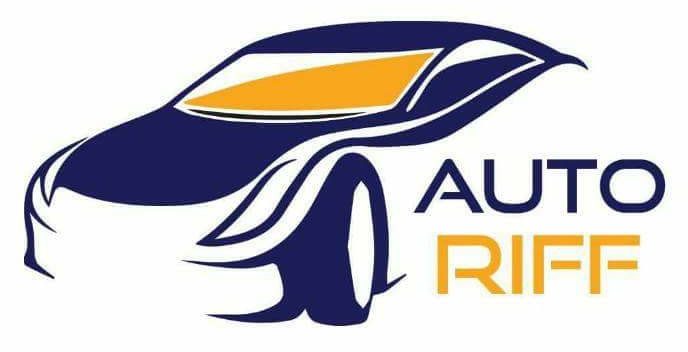A large number of CEOs in the auto industry arrive to a roundtable chat better trained than their PR masters, presumably with the latest press release printed to the insides of their eyelids just to make sure they won’t give away more than what was made public the day before. Then, there’s Andy Palmer, who became Aston Martin’s CEO in October 2014 after a stint at Nissan.
While poking around Aston’s design center, I wasn’t even sure that he would show up. CEOs are busy, we’ve been running late, and planes don’t wait. But just when I thought we were about to leave, the door opened, and there he was, with a huge smile on his face, ready for a friendly chat.
And since Mr. Palmer does not need questions to give interesting answers, here’s everything he voluntarily told us.
On the future:
2015-2016 was about the reorganization of the company. Restructuring, bringing in the equity to allow us to invest in cars, and ultimately, the end of that was the refinancing of the debt. In the first quarter of this year, we took 550 million pounds of refinanced debt, taking interest rate down from 10.2 to 6.19 percent. That restructuring is done, that means the cash is in the bank to allow us to execute [development of] all the cars. Which is a situation the company has never been in before, because it’s always been on its knees, looking for cash.
By the way, we also did a lot of specials, which of course have two benefits. One was that we managed to demonstrate that Aston is still out there, and when we make a special, they sell out, day one. They also of course have the benefit of bringing revenue in, which allowed us to put working capital into the business.
When you add all of those up, you have one new model action on average every quarter. Which is a bit different from one new model action every twelve years, so that’s the reason you look ten years older. But it’s also, of course, the reason we’ve gone from a headcount of 1800 people in 2015 to 3000 people now, and that will extend by the end of the plan to 5000 people. So, small, in automotive terms, but a massive expansion in terms of the commitment to the product. The total capacity here is 7000. So, all sports cars are limited to 7000 units. The total capacity in Wales is installed from day one as 5000, so, 12,000 by that calculation, although St Athan does have the capability with additional investment to reach 7000. Idealized, I would say somewhere between 10-12,000, knowing that you never really want your plant to run at full capacity, which is 14,000.
On Government:
I’m a great believer in throwing a clean air problem, or an emission problem, or a CO2 problem…throw that up to the engineers, and let the engineers define the technology. We tend to be a bit better at finding technical solutions than politicians who are not really good at making policy or technical decisions. You have a CO2 problem and politicians say you have to go diesel, and then five years later, turns out diesel is really bad, but they take no accountability for that. So now, we’ve got millions of customers around Europe sitting in worthless diesel cars all because the politicians thought at one moment that it was a good technology and decided now that it is not.
That’s about the same amount as taking that engine, and putting a hybrid motor on it. There are many parts in achieving what you think the aim is, but let the engineers innovate, don’t impose the technology. Which is why I say by the middle of the 2020s, we will have the option of a hybrid, on everything. Or the option of an electric, on everything.






